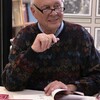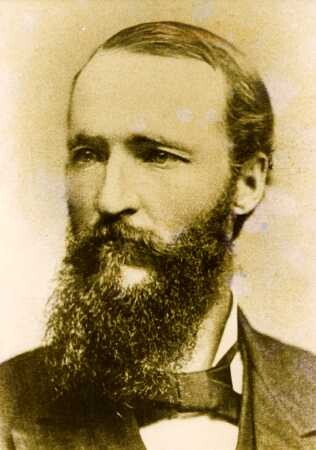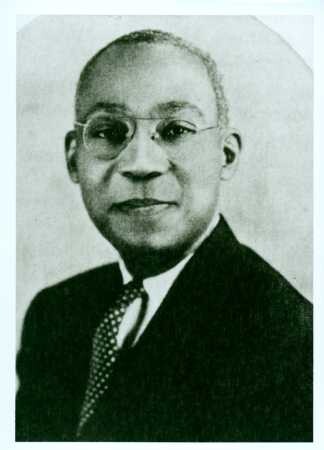Tucked away in the mountains of northern Idaho is a beautiful valley that hid for many years one of the richest silver deposits in the world. In the mid-1880s, gold miners discovered this bonanza and the Coeur d’Alene River valley was transformed into a major mining district.
Around the turn of the century, frustrated miners in this area hijacked a Northern Pacific train and traveled to the Bunker Hill and Sullivan mines. Here they burned and blew up buildings and equipment worth half a million dollars. Eventually Frank Steunenberg, the governor of Idaho, sent in federal troops who put the out-of-control miners in a temporary prison. This action stabilized the situation but enraged the lawless miners who had counted on the governor, who had won re-election with backing from labor, to ignore their violent behavior.
In 1901, Frank Steunenberg, who had served as governor of Idaho for two terms, returned to his banking business in Caldwell, Idaho. Three years later his wife, Belle, left the popular Presbyterian Church, where she had been one of the founders, and joined the small, recently started Seventh-day Adventist Church.
In 1905, Harry Orchard, a brutal miner who had ties with the miners’ union, attached a bomb to the gate of the Steunenberg’s home. When Frank opened the gate, the bomb exploded and the ex-governor was killed. Carlos Schwantes, author of In Mountain Shadows: A History of Idaho, suggests that the trial that followed was “the most sensational trial in Pacific Northwest history.”
The trial captured the nation’s attention and involved two of the most talented and well-known attorneys in America. In the trial Harry Orchard claimed that top leaders of the miners’ union hired him to kill Steunenberg as payback for sending in federal troops in the Coeur d’Alene mining district. The jury acquitted the union leaders but sentenced the man who killed the former governor to hang. In time, Harry’s punishment was reduced to life in prison.
In later years, Harry wrote an autobiography with help from LeRoy Froom. In this book he tells an interesting incident that took place on the day he was sentenced to hang. He wrote,
“Julian Steunenberg, son of the former governor whom I had murdered, asked Warden Whitney if he might see me a minute …. The warden came in and told me of the request and also said that young Steunenberg had a package in his pocket that looked like a gun. He suggested that perhaps I had better not see him. After a moment’s thought, I told the warden that I felt I should see him, and that if he wanted to kill me, I guess, from a human standpoint, he had a right to do so.
“He (Julian) came up to me and put out his hand, which I took reluctantly, as I felt that I was too much a moral leper to shake hands with him. His ‘gun’ proved to be a roll of papers and tracts which he said his mother—the wife of the man I had assassinated—had sent to me with the request that I read them and turn to God for forgiveness and the salvation of my soul.”
Belle Steunenberg began sending letters and books to Harry in prison. In 1909, she asked Harry if she could visit him. He wrote back and said, “I am so unworthy and overcome with grief when I think of meeting you face to face.” In time Harry did visit with Belle. Eventually Harry accepted the Lord and joined the Seventh-day Adventist Church.










